Salmon, a reddish and fatty fish mainly produced from Norway, is one of the most nutritious and popular food choices on the planet. It is loaded with substantial amount of nutrients such as calories, high-quality protein, vitamin B, potassium, omega-3 fatty acids and so on, providing impressive health benefits. It is for sure a must add on to your meal plan. Join us in exploring every thing about salmon in this article, from calories in different types of salmon to unique salmon recipes, you will for sure learn EVERY SINGLE THING about salmon here.
TYPES OF SALMON
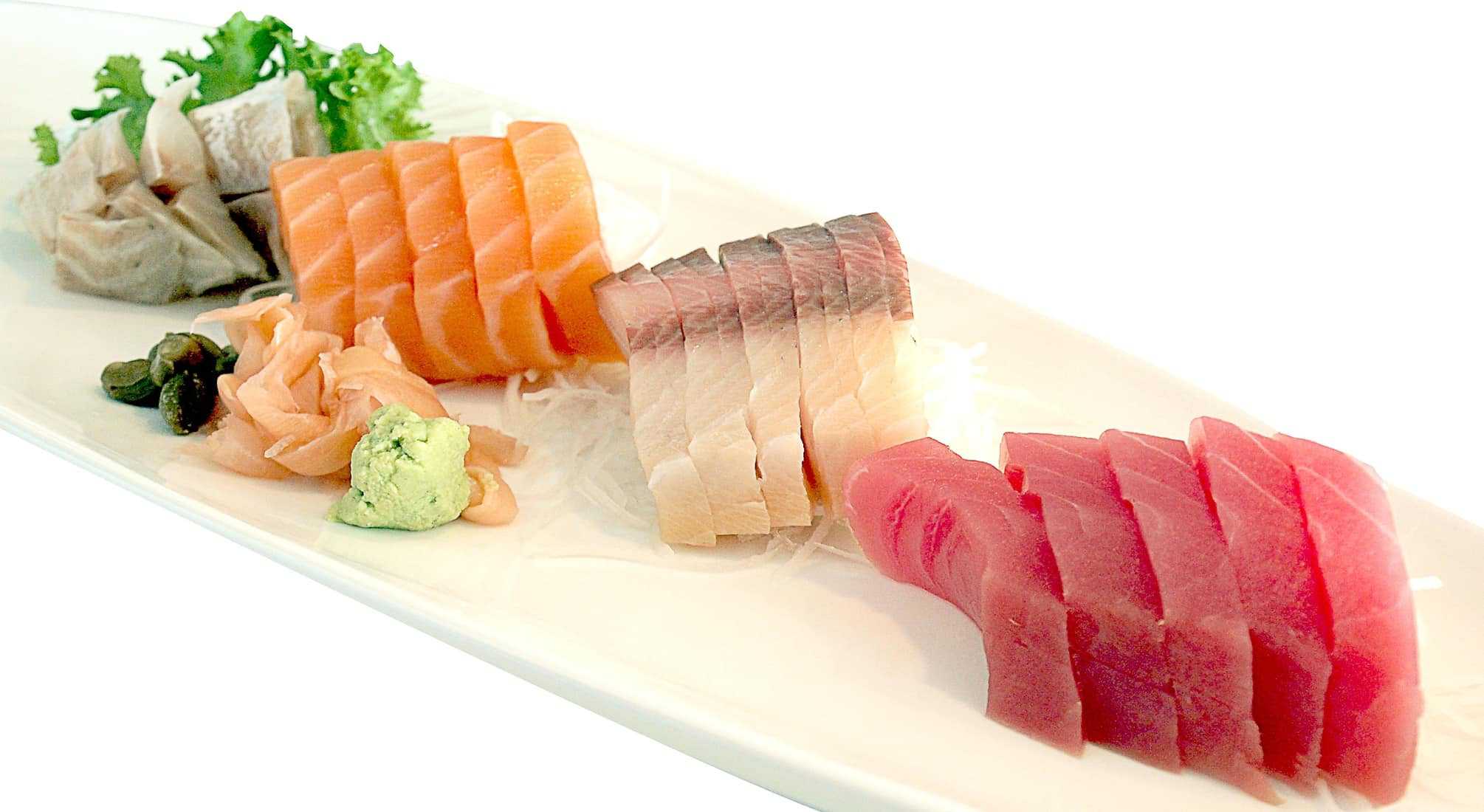
Chinook Salmon / King Salmon
It is considered the best salmon you can buy. Rich in nutrients and taste, high in fat and very big in size. For an average of 100g, there is around 156 calories in Chinook Salmon.
Sockeye Salmon / Red Salmon
It is known for its deep red flesh color. Sockeye salmon is often sold smoked and is believed to be the most flavorful. It is a favorite among chefs also. From Carb Manager, it is found that there is 175 calories in a 100g Sockeye Salmon.
Coho Salmon / Silver Salmon
This type of salmon has a bright silver skin. It has a medium fat-content and a more subtle flavor. As Cohos are relatively small in size, thus they are often used when cooking a whole salmon. The number of calories in a 100g coho salmon is 139 calories per 100g.
Pink / Humpback
It has a very light-colored, pink flesh which is very mind in flavor and low in fat and size. This type of salmon can be found fresh, frozen and smoked on occasion, however, a great majority is actually processed and stuck into a can. For calories, there is around 127 calories in a 100g Pink Salmon.
Chum Salmon
It has a pale to medium red flesh, low fat content and relatively small size. Chum’s roe is bigger and tastier than other types of salmon, hence is often used to top sushi. For a 100g chum salmon, there is 120 calories in it.
Atlantic Salmon
This special type of salmon does not hail from the Pacific Ocean. All commercially available Atlantic Salmon is farmed as there is only small and endangered population living in the wild today. Atlantic salmon has mild flavor and is larger is size because of its specialized diet. For the number of calories, there is around 208 calories in a 100g Atlantic Salmon.
NUTRITIONAL VALUE OF SALMON
The nutrient density of a serving of salmon is generally determined by these four factors:
- Specie of Salmon: There are 6 main species of salmon. Atlantic, Chinook, Coho, Chum, Sockeye, and Pink.
- Type of Salmon: Wild-caught or farm-raised.
- Processing: Canned, smoked, dried, salted or preserved salmon.
- Cooking: Overcooking salmon can affect its nutrient density.
As per Carb Manager, the #1 low carb diet tracker, the nutritional value of salmon is as follows:
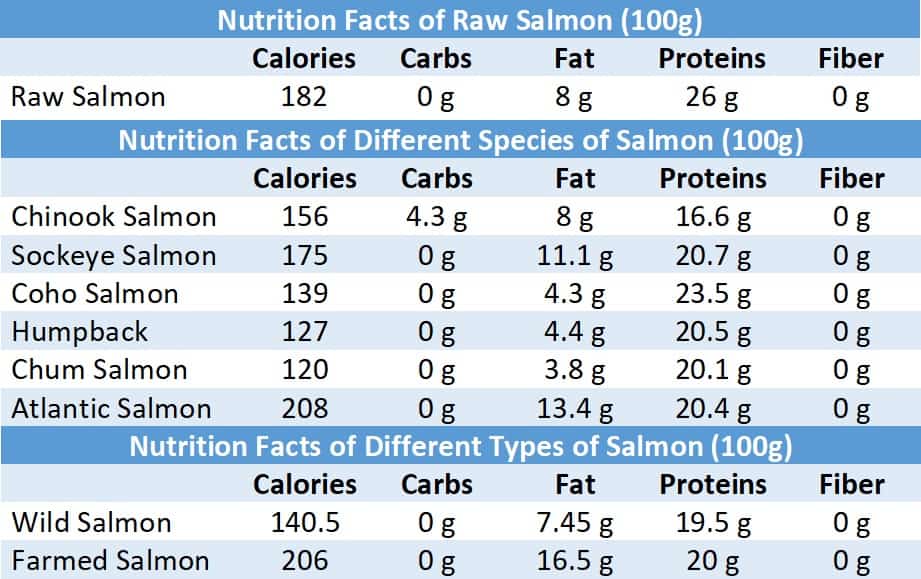
CALORIES
There is 182 calories in one serving of raw salmon (100g). Does this mean you should just eat the entire salmon to gain all the energy needed? No, because calories do not work that way. A healthy diet requires you to balance the number of calories you eat with the number of calories your body burns, i.e. your level of activity per day. This is the well-known “Calorie In, Calorie Out” concept. In general, consuming 2000 calories a day is recommended in order to meet your dietary and body requirements.
In actual, loading up on calories of salmon while minding your body’s activity level tend to foster heart health, promote a healthy pregnancy, contain the antioxidant astaxanthin and benefit weight control.
CARBS
Carbs are a major source of fuel of your body. There are four main sources of carbs in your diet, including fiber, added sugar, lactose and refined gains. Despite being the body’s main source of energy, carbs has taking quite the beating from many nutritionists. It’s blamed for causing weight gain and some carbs are even attributed to causing health problems.
Since carbohydrates contain four calories per gram, you should thereby consume 225 to 325 grams of carbohydrates on a daily basis if you’re following a 2000-calorie diet.
Salmon naturally has 0 carbohydrates except for king salmon which has a pretty insignificant 4 grams per a serving of 100 grams of salmon.
If you keep your carb intake within the recommended guidelines which is 50%- 65% of your total calorie intake, this shall leave enough room to consume protein and fat. Also be mindful of good Carbs and bad Carbs.
FATS
A 100-gram serving of Coho salmon has about 7.7grams of fat. Of this, 1.8 grams comes from saturated fat and most are from beneficial omega-3 fatty acids including EPA and DHA. The fatty acid profile of salmon varies depending on whether it is farm-raised or wild-caught. Farmed salmon is higher in fat content overall, including saturated fat. Wild salmon is leaner.
PROTEIN
There is 26 grams of protein in a 100g portion of raw, wild-caught salmon. Salmon is an excellent source of high-quality complete protein that provides all of the essential amino acids our bodies require. Go for wild salmon, it is a good source of protein.
FIBER
Fiber is a form of carbohydrate that contributes to satiety. It is not absorbed into the body quickly. Consuming fiber helps lower cholesterol levels, control blood sugar levels as well as aid in achieving healthy weight.
All varieties and species of salmon have zero fiber. A zero-fiber diet will lead to longer digestion, irregular bowel movements and might also cause stomach pain. Hence, it is recommended to compliment a salmon dish with fiber to meet the daily requirement of 30 grams.
HEALTH BENEFITS OF SALMON
Nutrient-dense and tasty salmon offers numerous health benefits and reduces the risk of developing health diseases. Here are some key benefits that salmon provides.
1. Rich in Omega-3 Fatty Acids
Salmon is extremely nutritious because of its rich omega-3 fatty acid content. Omega-3 is considered very essential in your diet as your body cannot synthesize it. The omega-3s in salmon especially DHA and EPA contributes greatly to healthy brain function, joints, heart and overall well-being. Specifically, DHA and EPA help lower blood pressure level, reduce inflammation as well as minimize the risk of developing cancer.
A research study was also carried out in 2012 to assess the effect of omega-3 supplements on endothelial function. The result showed that consuming 0.45-4.5 grams of omega-3 fatty acids everyday for nearly two months significantly improved the arterial function of the participants.
Actually, your body needs essential fats like DHA and EPA for a healthy growth. Health Organizations generally recommend healthy adults to consume around 250-500mg of combined DHA and EPA per day. In other words, eating one serving of salmon twice a week helps meet your omega-3 fatty acid needs. Omega 3 fatty acids DHA and EPA are especially important for pregnant or breastfeeding women in order to help develop baby’s central nervous system such as the brain, thereby fostering healthy growth.
In fact, The Department of Health states that everyone should aim to eat fish at least 2 days per week with one portion being an oily fish such as salmon. Hence, try integrating salmon in your meal for a healthy balanced diet.
2. Powerful Weapon Against Inflammation
Health experts do believe that inflammation is the major cause attributing to most chronic diseases like heart disease, cancer, etc. As a matter of fact, consuming salmon can actually help lower inflammation level and therefore reduce the risks of developing these diseases.
In a research study among middle-aged and elderly women, it is found that consuming 3 ounces of fatty fish daily led to a reduction in inflammatory markers IL-6 and TNF-a among the participants. This shows that fatty fishes such as salmon, sardines are indeed beneficial in lowering inflammation level as well as improving inflammatory symptoms due to the presence of their anti-inflammatory properties, hence strengthening overall health.
3. Excellent Source of Vitamin B
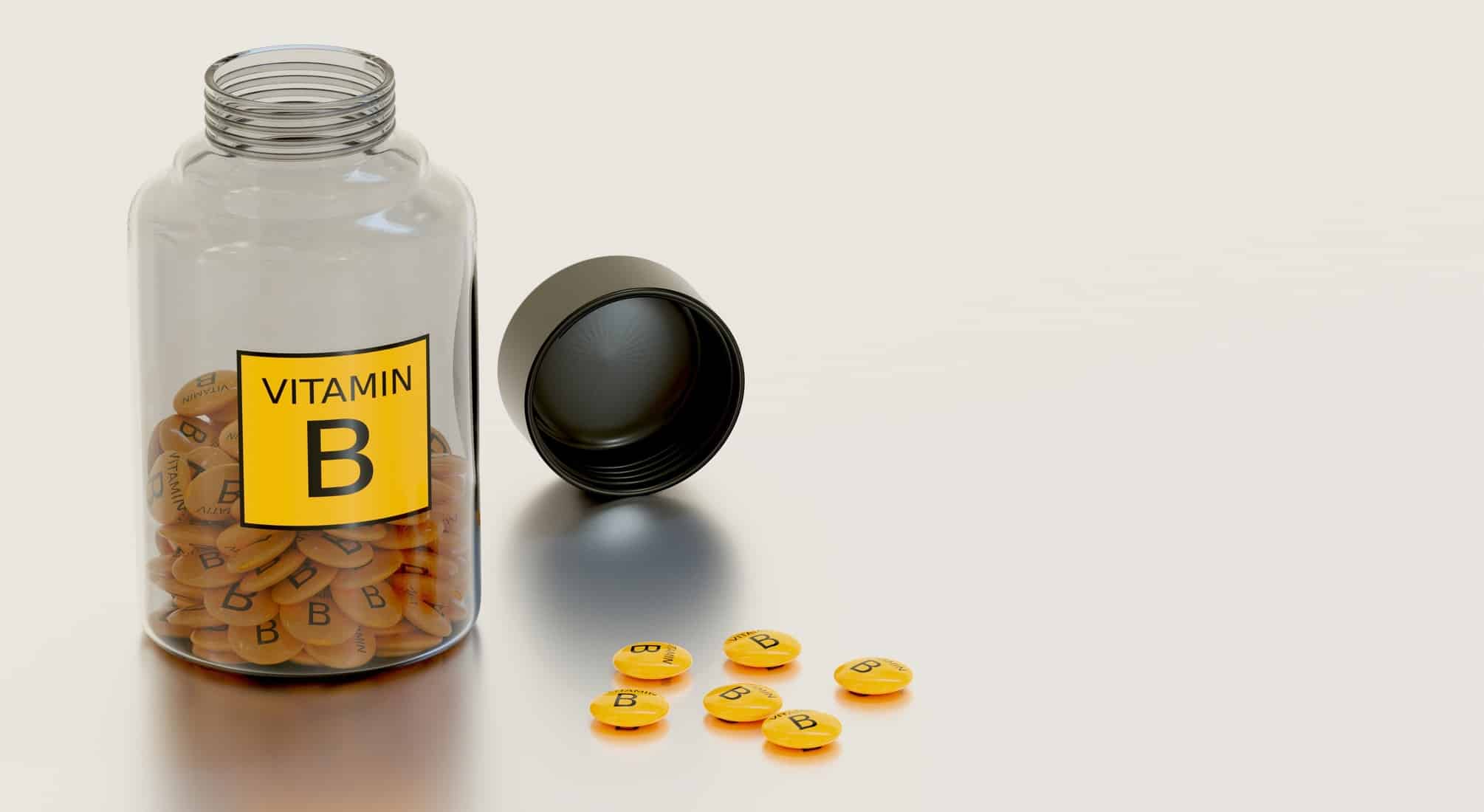
Do you know that salmon is rich in the entire vitamin B group? Yes, you read it correctly! ENTIRE Vitamin B group, including vitamin B1, B2, B3, B5, B6, B9 and B12.
Vitamin B, one of the building blocks of a healthy body, plays a pivotal role in supporting our cell health, energy levels and brain function. A research study showed that all the B vitamins work together in maintaining optimal function of our nervous and brain system. Most importantly, vitamin B helps turn the food in our body into energy, facilitating energy production.
Salmon is indeed a very outstanding source of vitamin B. Do consume this fatty reddish fish to maintain good health and well-being.
4. Great Source of Protein
Protein is crucial to good health. All our body cells and tissues contain protein, therefore it is vital for body growth and repair. Protein is also the second most abundant compound in our body, following water. All these make protein one of the most important nutrients for our health.
Salmon is a protein-rich food, providing high-quality protein. It contains all the essential amino acids that your body needs for growth, development and repair, making it an excellent source of protein. Thus, you can actually replace chicken, beef or ham with salmon as the major source of protein in your meals!
5. High in Potassium
High blood pressure, otherwise known as the “silent killer”, is a major risk factor of heart disease. It affects every 1 out of 3 US adults, making it an alarming issue. Surprisingly, according to the American Heart Association, consuming foods rich in potassium can help lower your blood pressure level and reduce your risk of stroke by relaxing the walls of blood vessels.
Talking about potassium-rich foods, do you know that salmon is actually a terrific source of potassium? A half of a fillet of salmon, around 187 grams, actually provides 683mg of potassium. Still wondering? Try out more potassium-rich healthy meals including salmon, it’s just really beneficial!
BIG QUESTION:
CAN EATING SALMON HELPS
IMPROVE CHOLESTEROL LEVELS?

For your information, there are two types of cholesterol: LDL (“bad” cholesterol” and HDL (“good” cholesterol). High levels of HDL cholesterol are good for your health whereas elevated levels of LDL cholesterol can block your blood flow and cause serious health issues such as stroke or heart attack.
The food you consume together with the amount of exercise you do can significantly affect your cholesterol levels. In view of this, the question comes whether eating salmon helps improve your cholesterol levels. The answer is Yes It Really Helps.
Research studies found that consuming healthy unsaturated fat like salmon can help improve your cholesterol levels. Salmon is rich in omega-3 fatty acids and thereby eating this fatty reddish fish actually helps lower your triglyceride levels and raise your HDL cholesterol (“good cholesterol). Overall, fostering and maintaining your healthy cholesterol levels.
Salmon is a healthy alternative to red meat such as beef, pork and lamb which are high in saturated fat. Consuming red meat raises level of cholesterol in your blood, especially LDL cholesterol (“bad cholesterol”), hence increasing the risk of health-related issues. So, try consuming salmon instead, it’s healthy and just super-duper tasty!
SIDE EFFECTS OF SALMON
The debate over consuming wild salmon and farmed salmon has always been at the forefront. Advocates of wild salmon put forward that this type of salmon has low contaminants compared to farmed salmon. It is because farmed raised salmon can actually have 5-10 times more pollutants than wild salmon, thereby increasing your risk of stroke, cancer and so on.
In view of this, eating wide salmon seems to be a wise choice as it contains lower levels of contaminants and is considered safe overall.
5 UNIQUE SALMON RECIPES
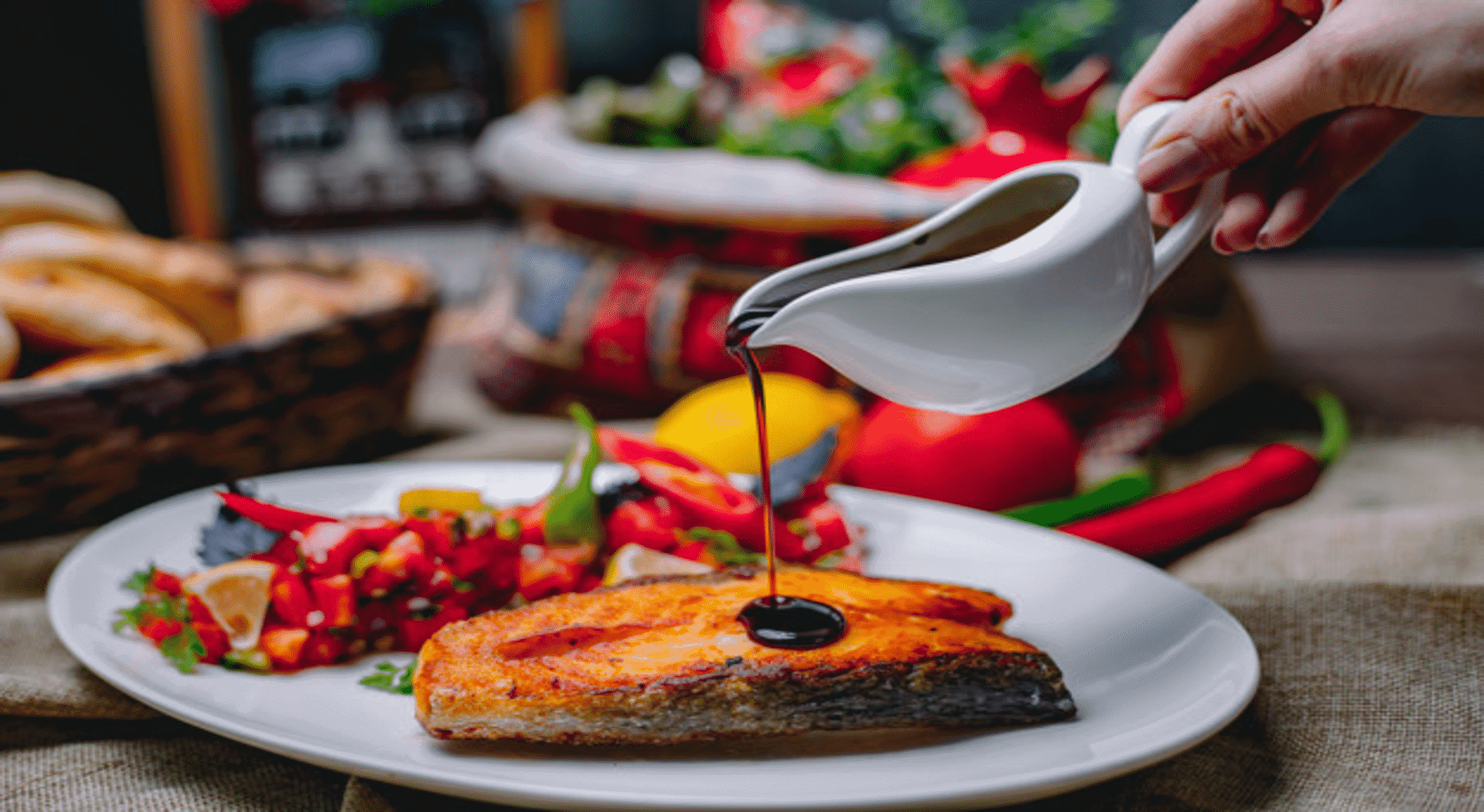

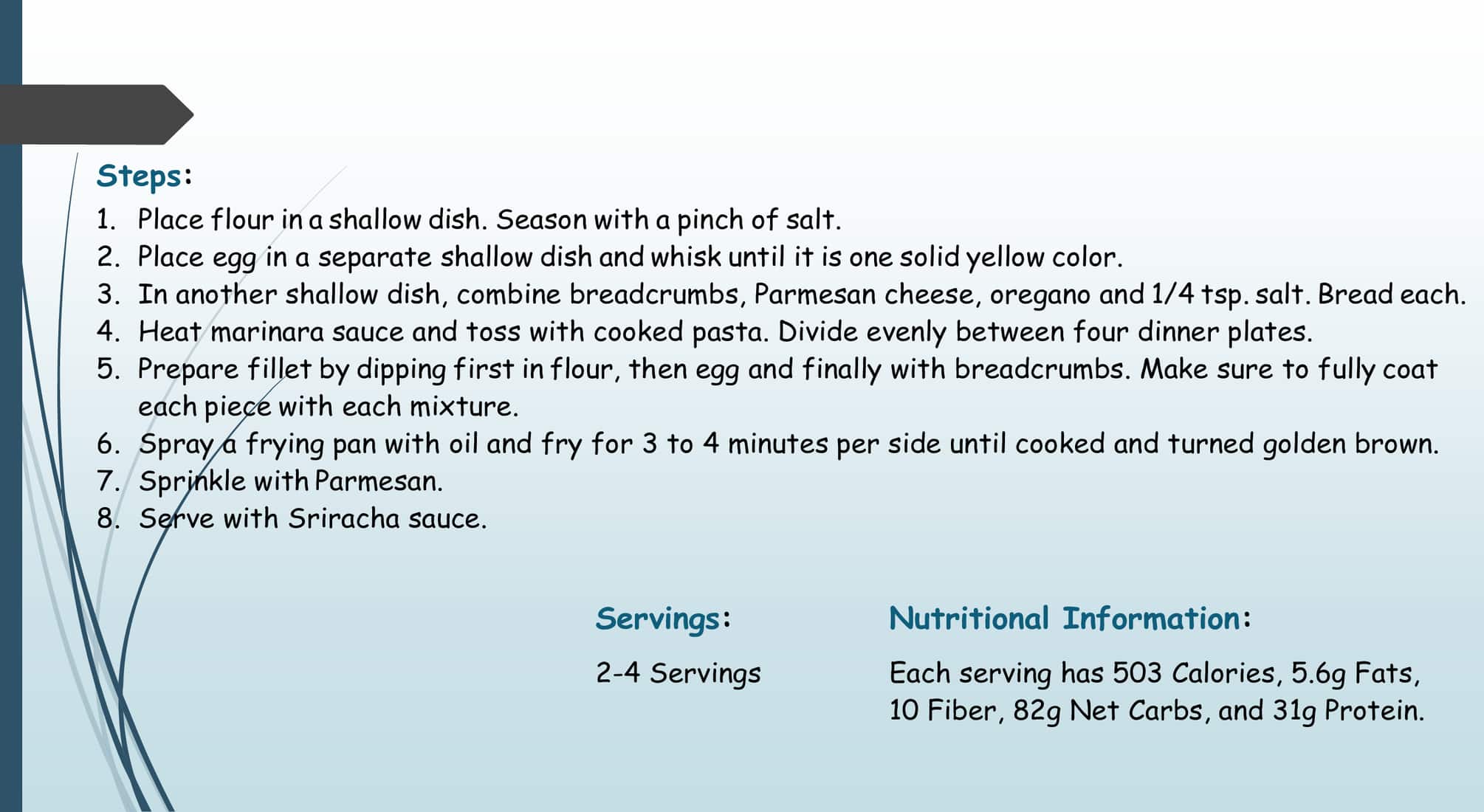
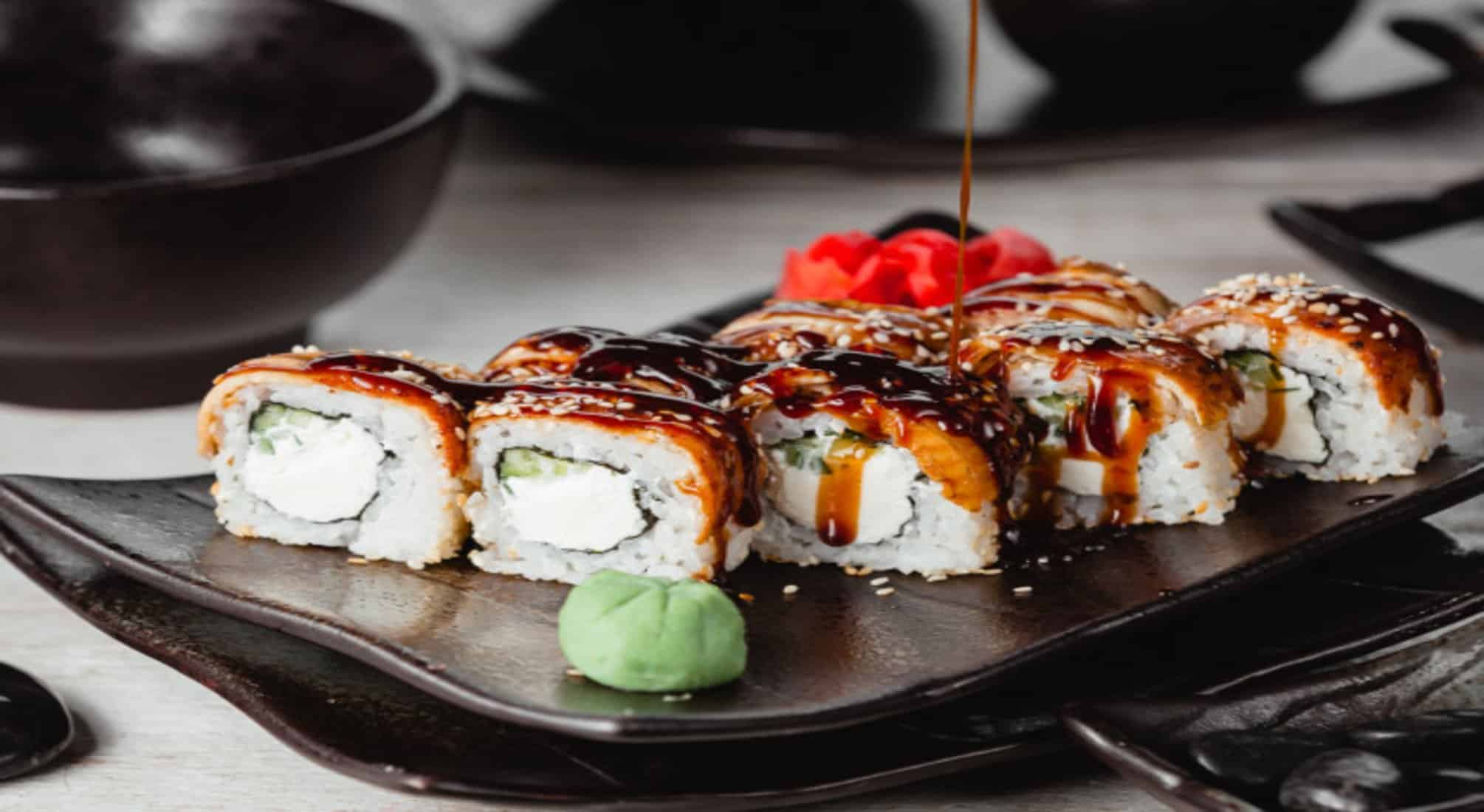
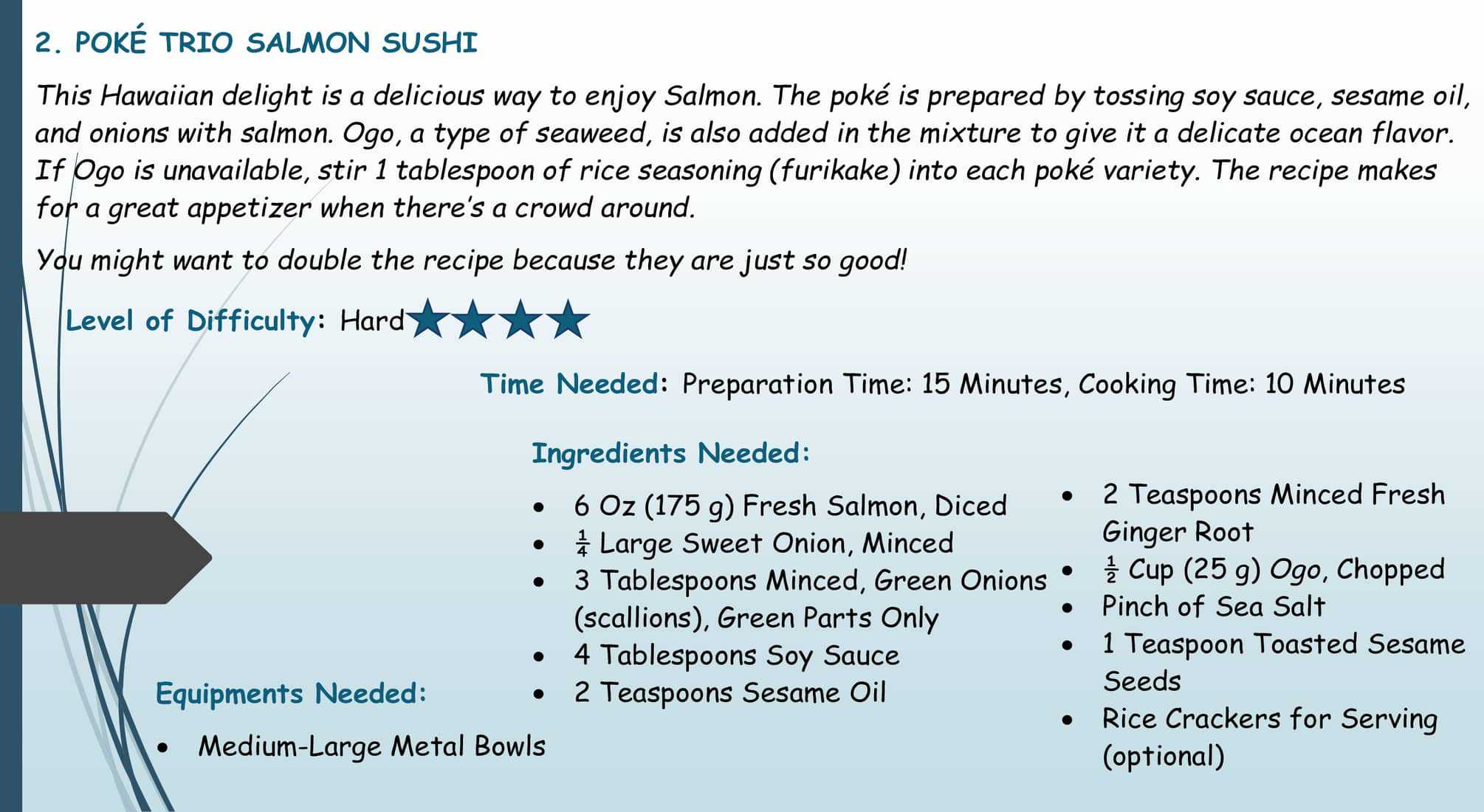
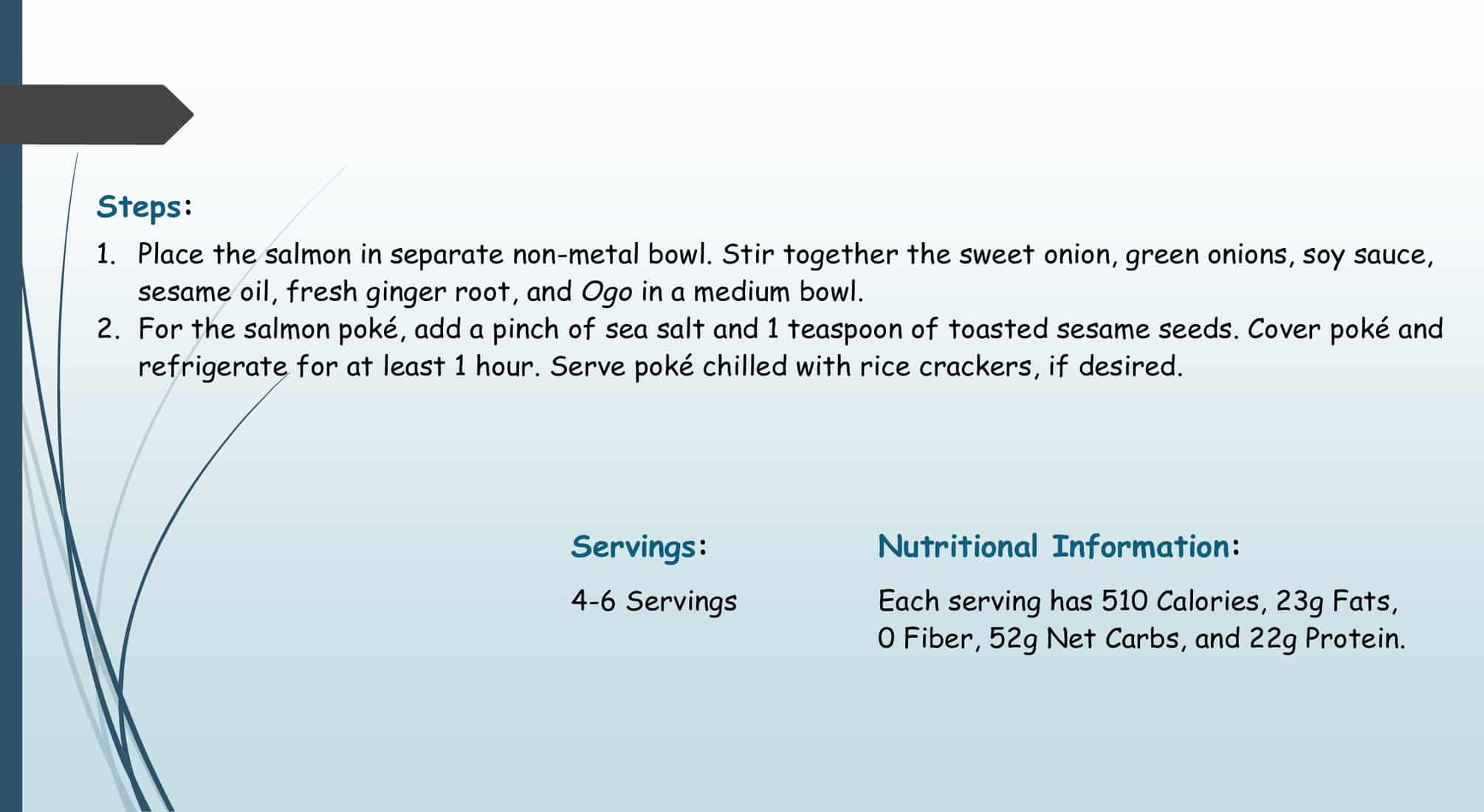
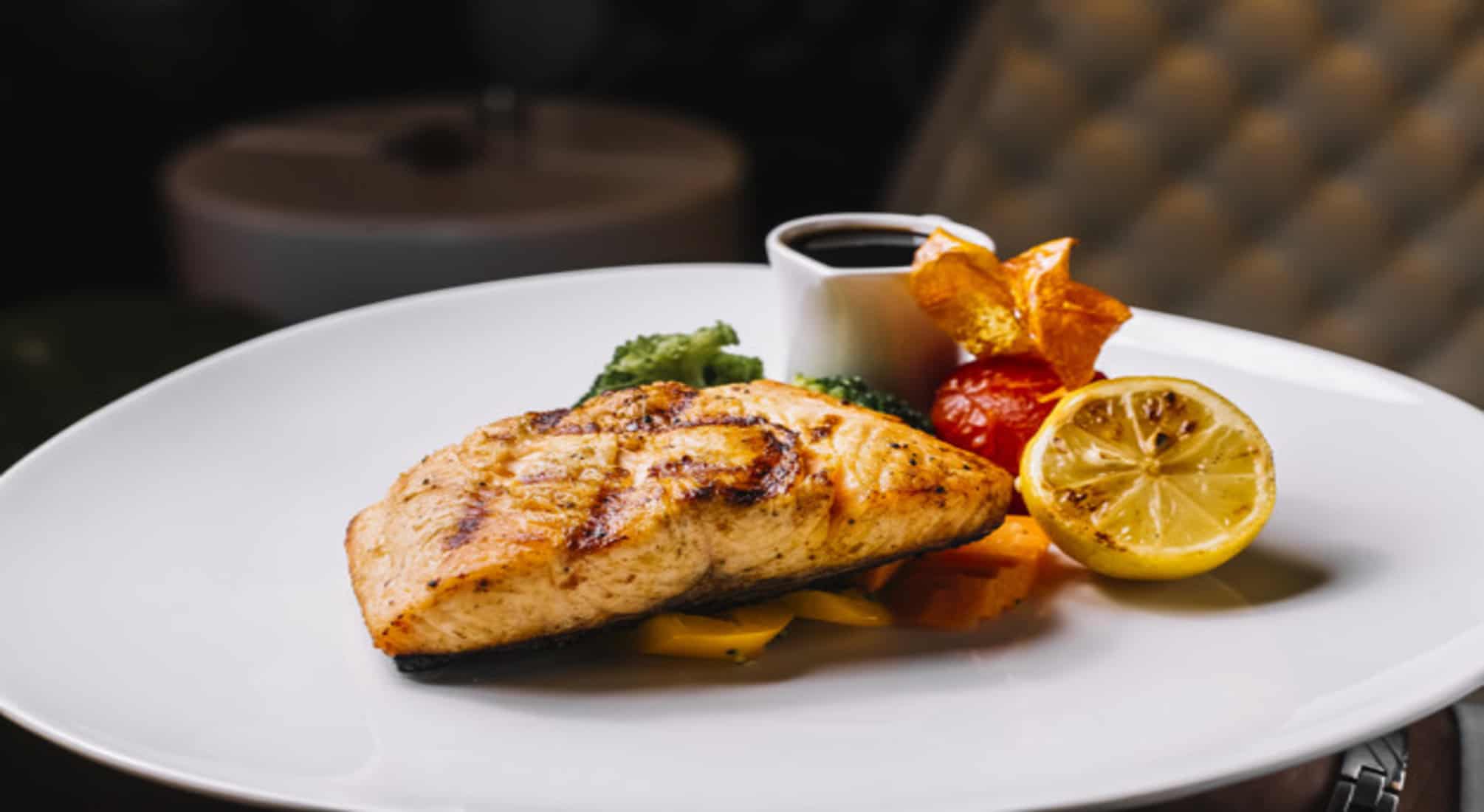
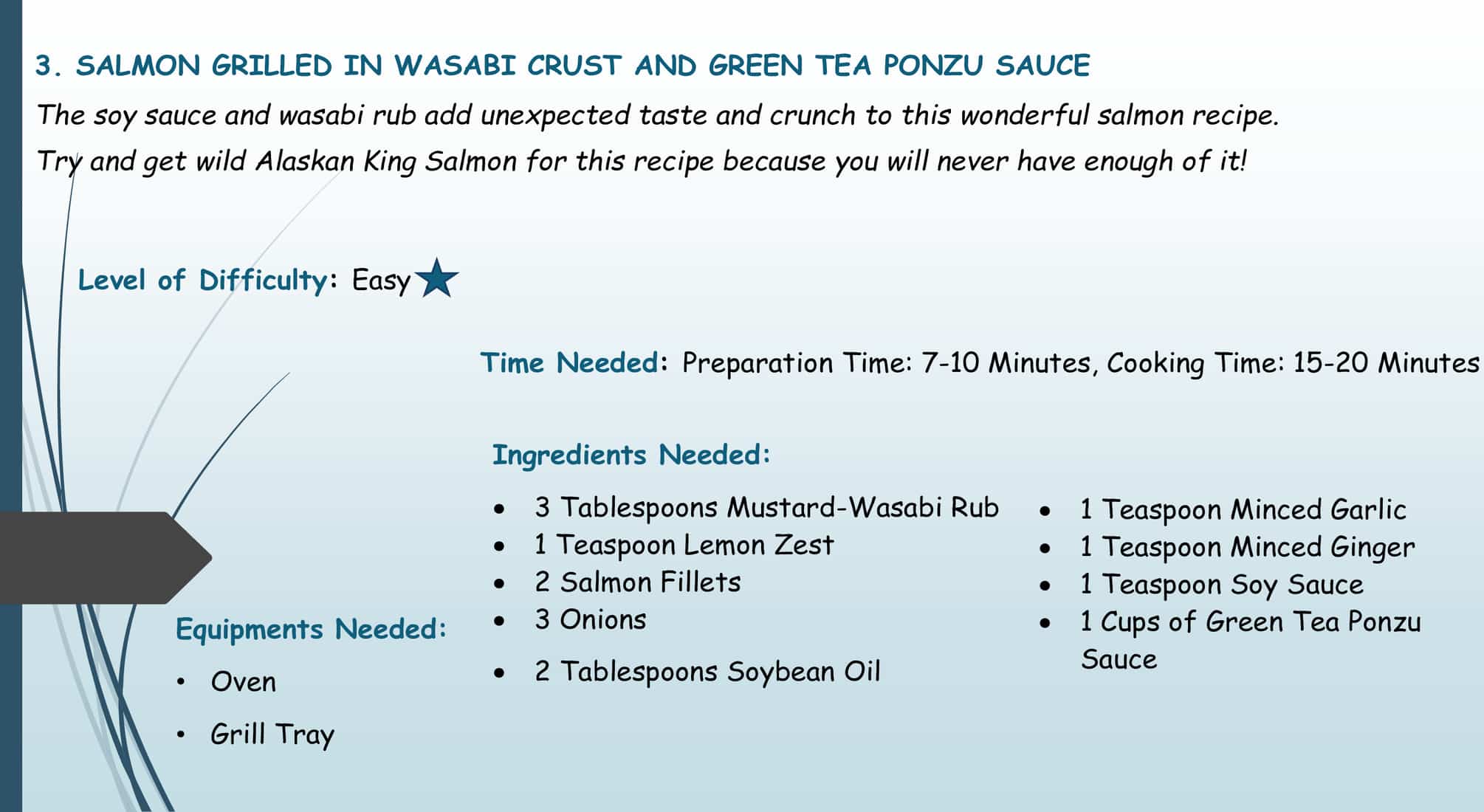
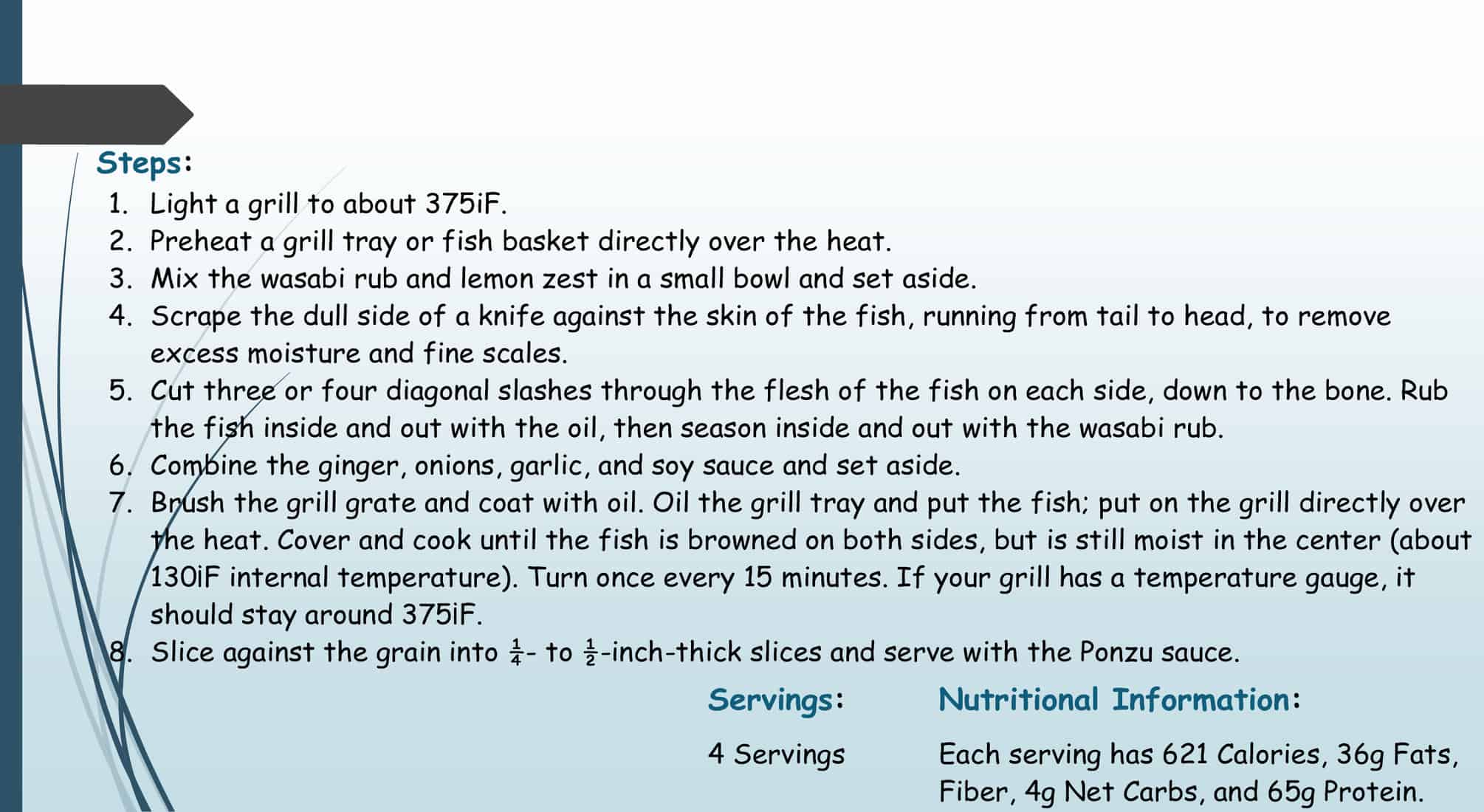
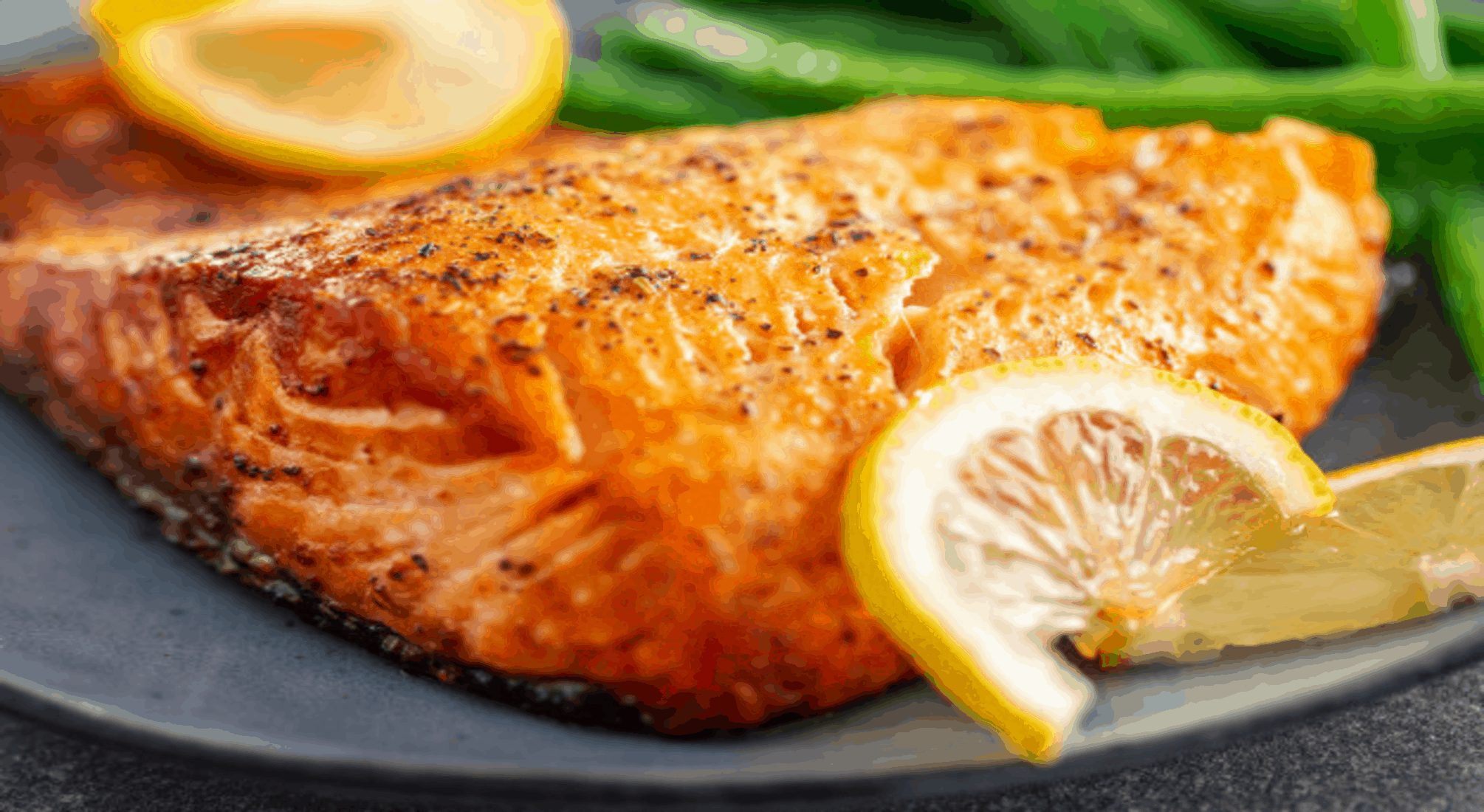

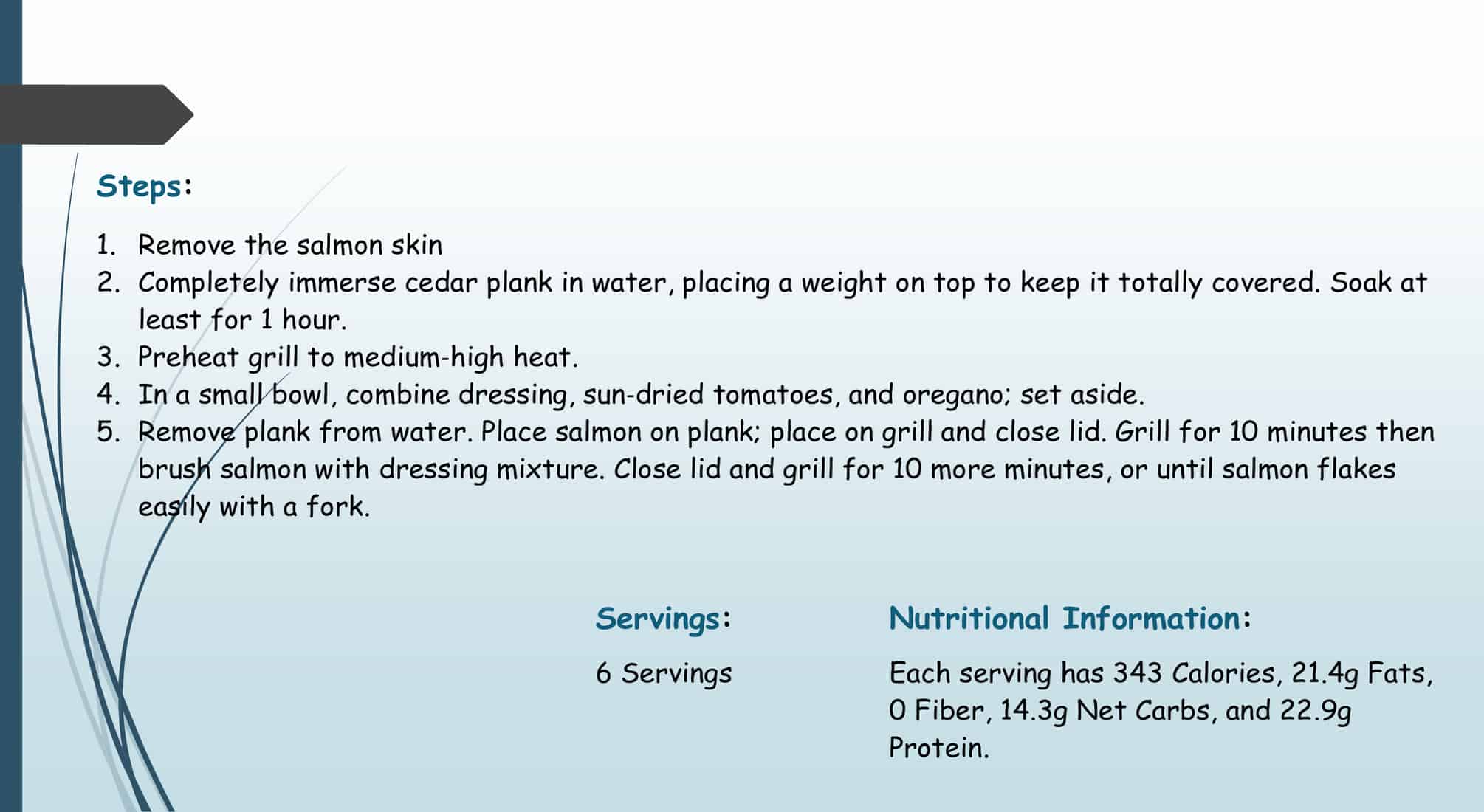
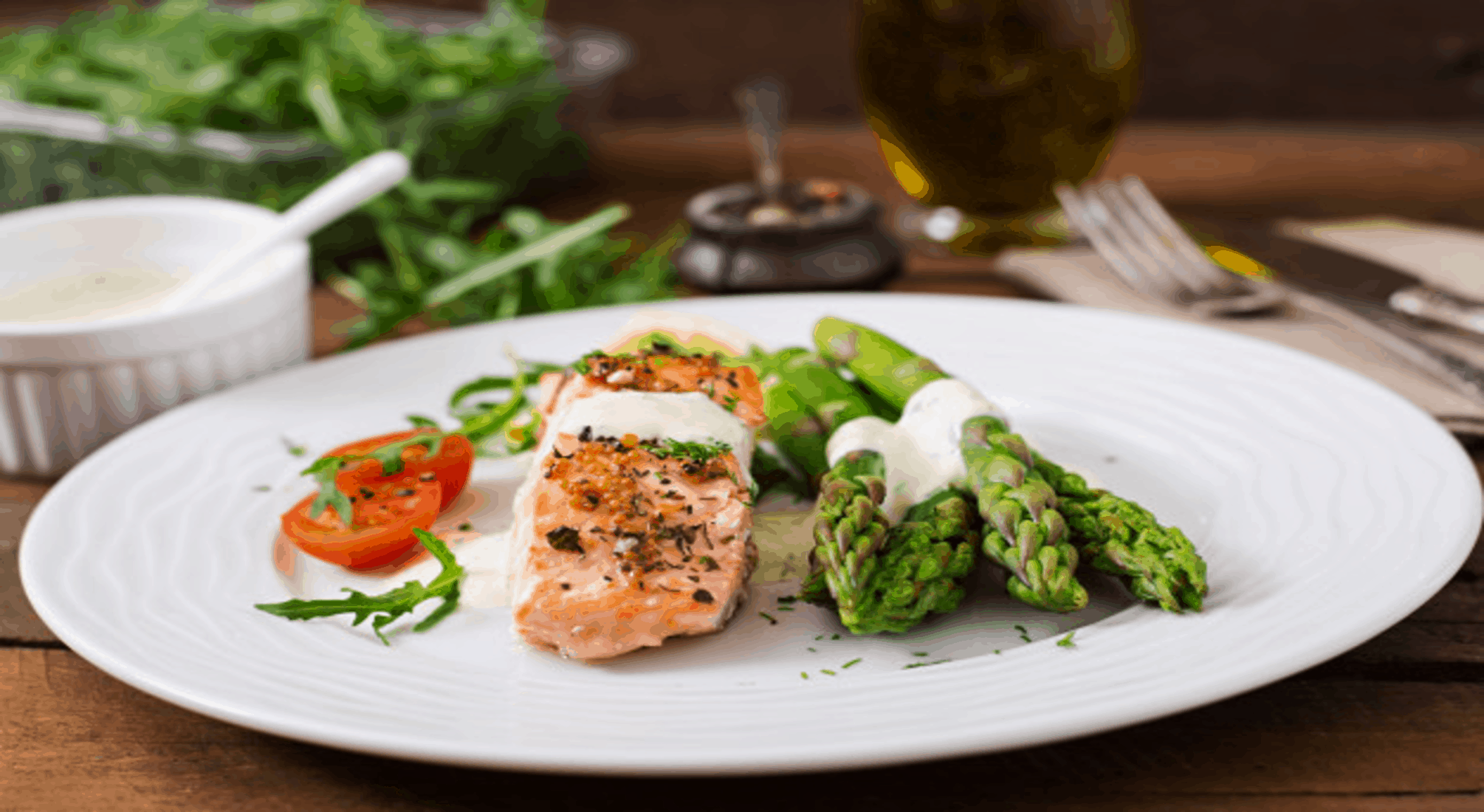
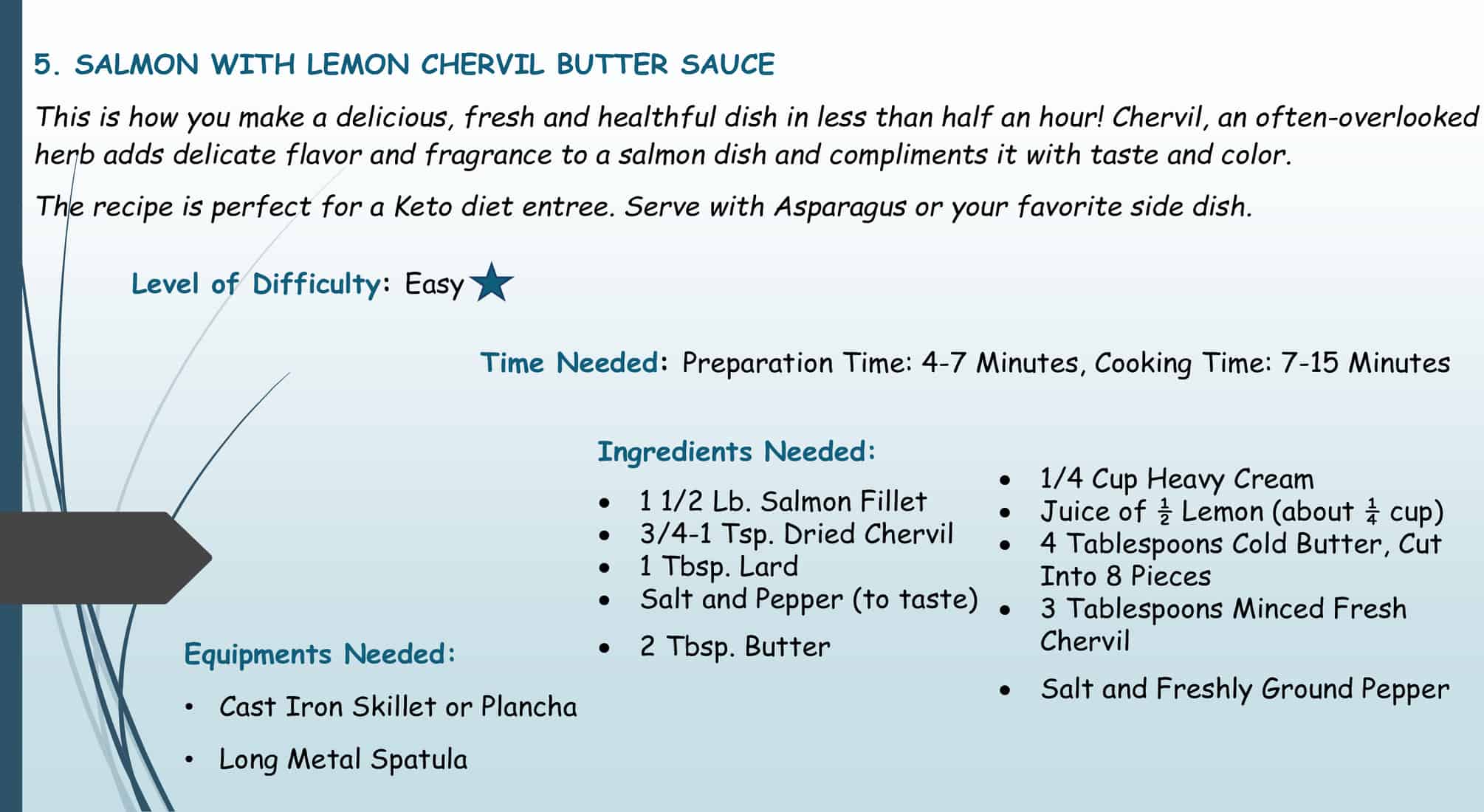
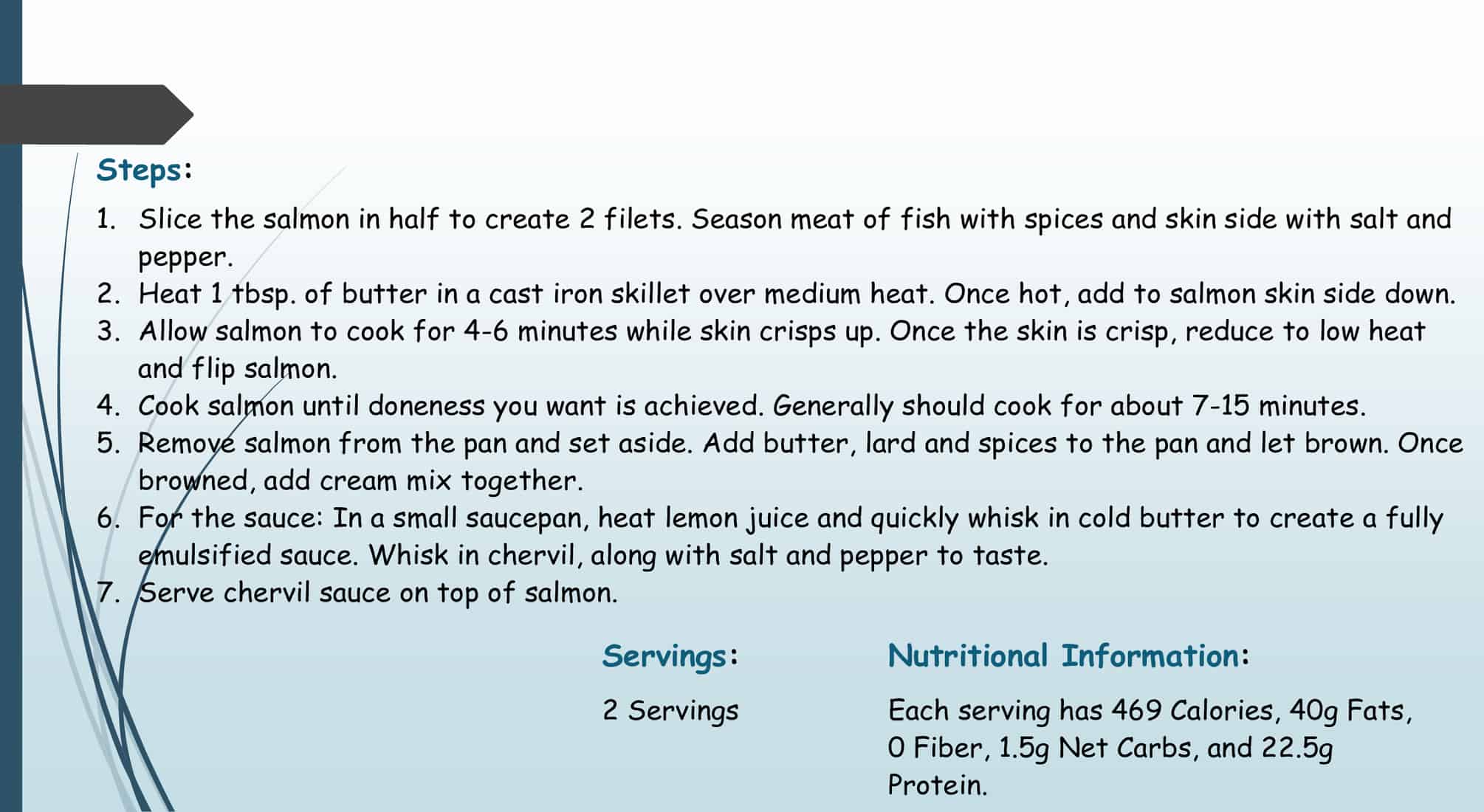
COOKING TIPS
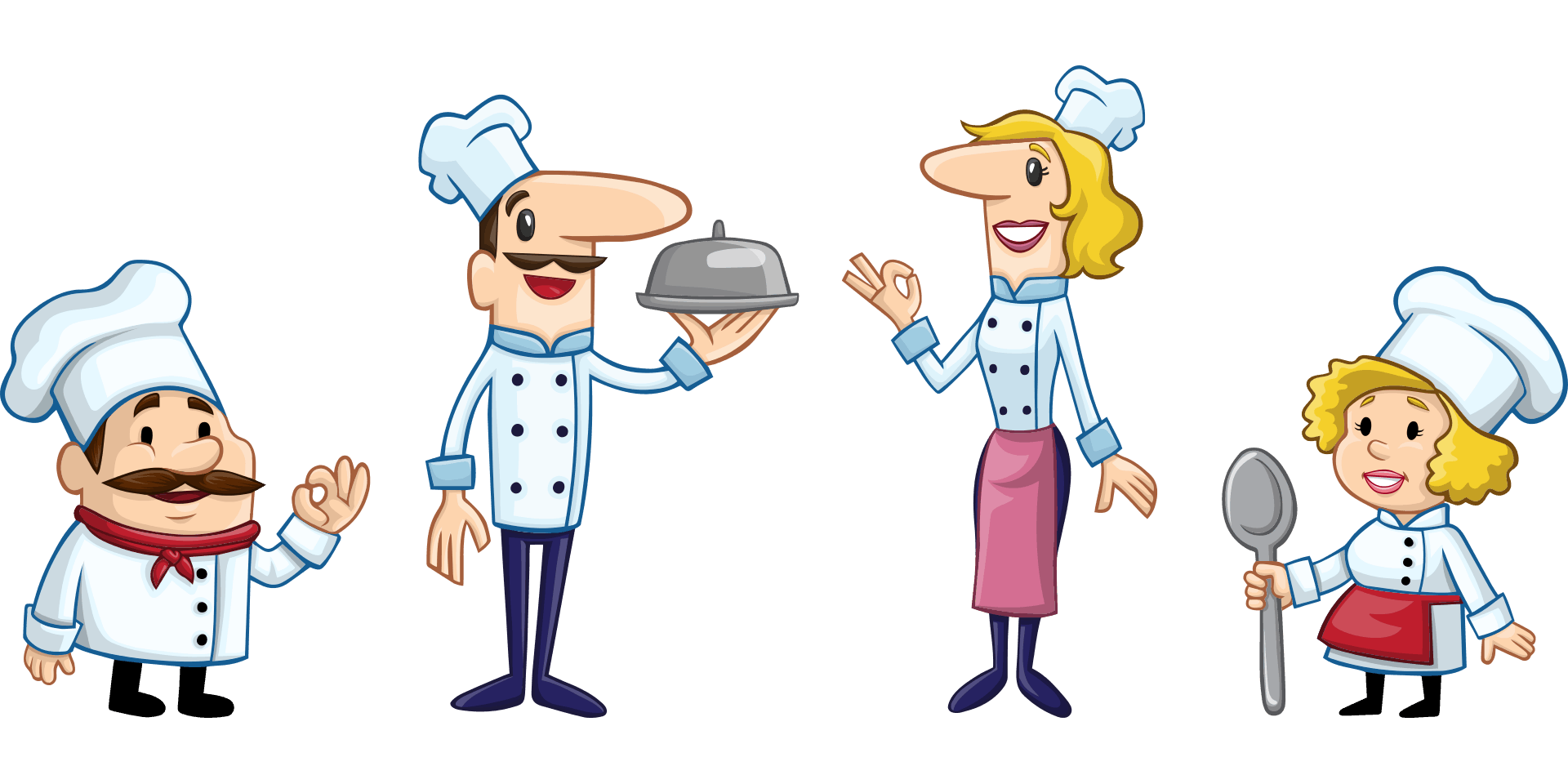
There are a variety of cooking styles for salmon. Salmon, a versatile seafood, can be grilled, baked, poached and smoked. You can add further flavor salmon with spices, lemon or herbs.
Poaching is actually one of the easiest and healthiest way to prepare salmon. This method ensures you have juicy and moist salmon to enjoy. It is recommended to use water for poaching as it is a healthier option compared to wine.
For grilling, you may choose this option if your salmon is thick. Just apply little oil on both sides of salmon and season it with salt and pepper. You are ready to grill your salmon. As simple as ABC!
Smoking is actually a popular way of serving salmon. It is considered as delicacy. You can smoke your salmon using either hot or cold method.
Lastly, baking. This is also a healthy option if you choose to bake your salmon with just little butter or oil. The best way to bake is to wrap it with foil along with seasonings and herb and then allow it to bake.
One important thing to note is that always keep salmon in freezer or on ice after your purchase and keep it separate from other food items to avoid cross-contamination. Planning to cook? Cook salmon to an internal temperature of 145 degrees Fahrenheit and place back the leftover into the refrigerator after cooking and consuming. Eating undercooked or raw seafood is really dangerous, be aware of that!
KEY TAKEAWAYS
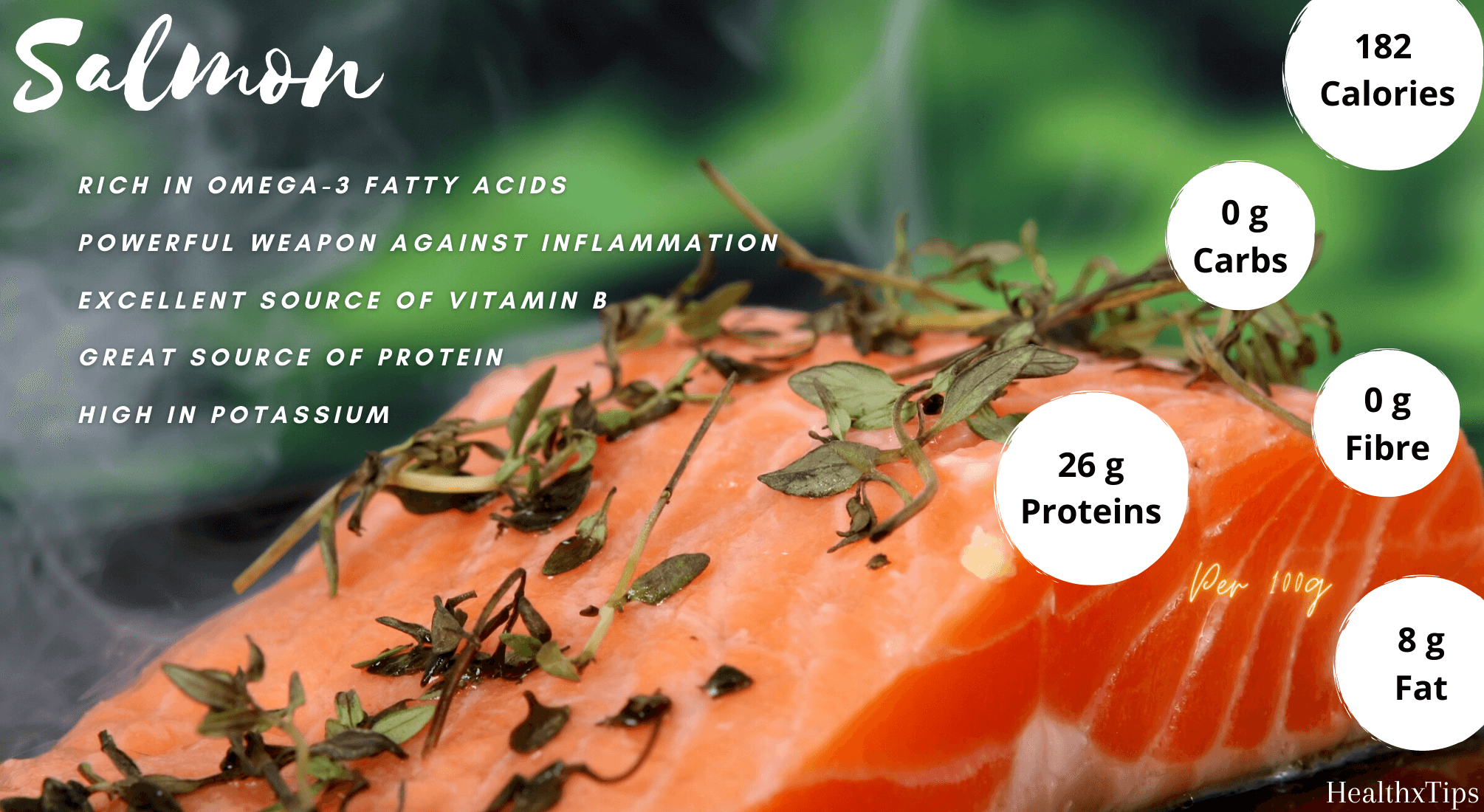
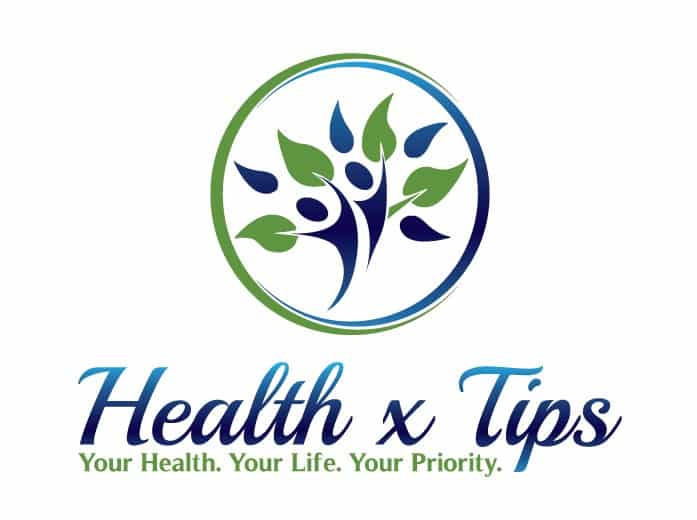

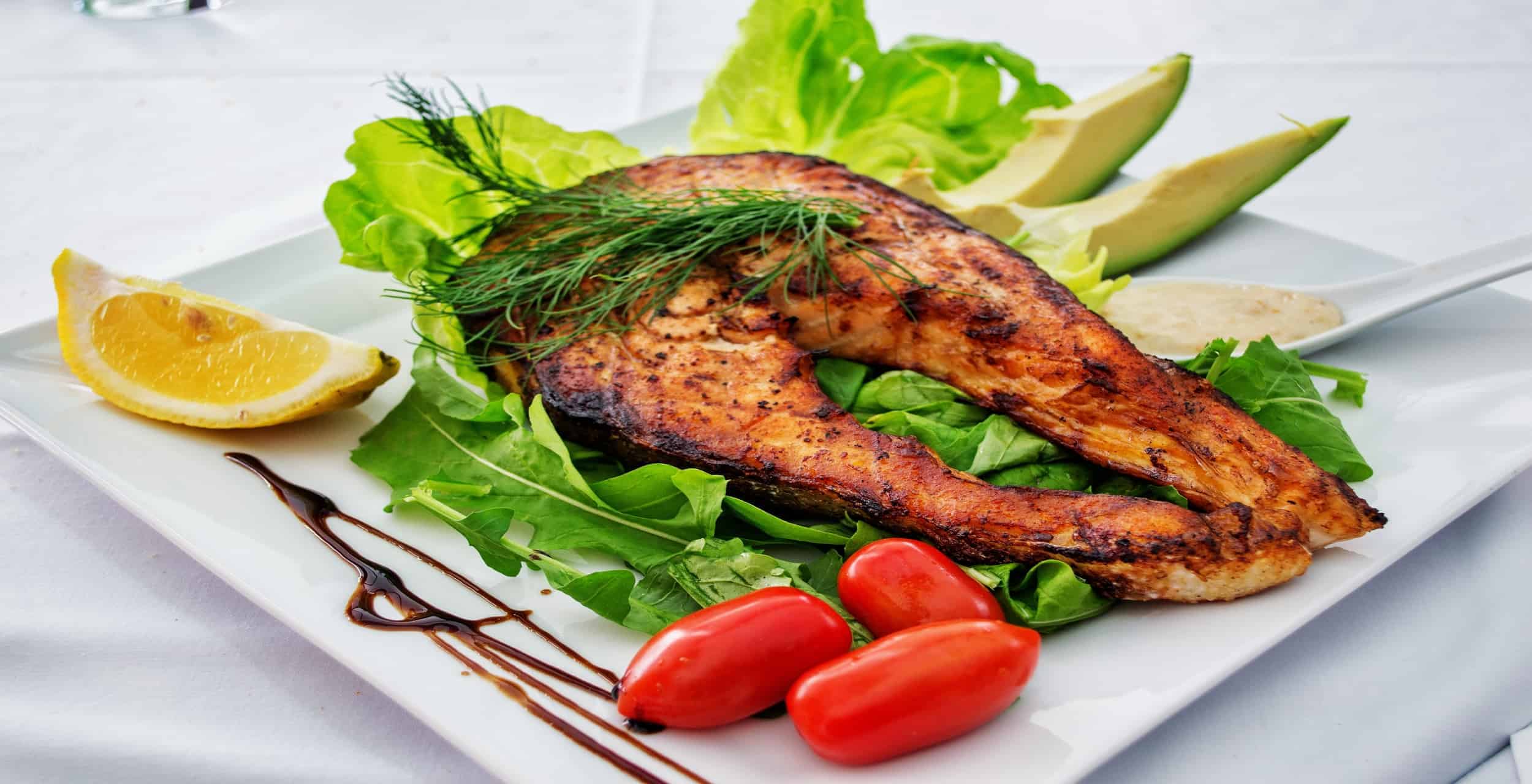



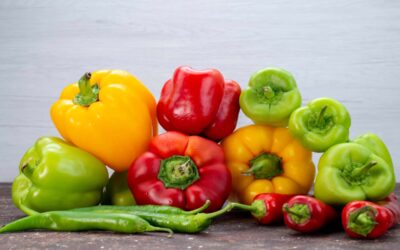
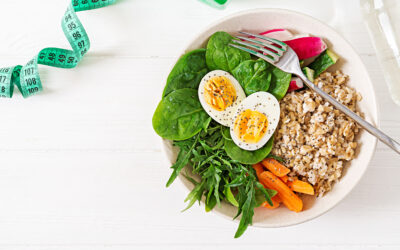
0 Comments